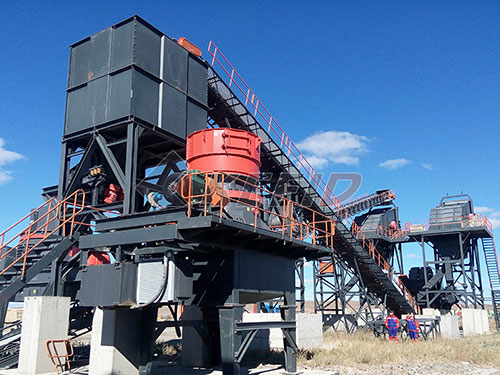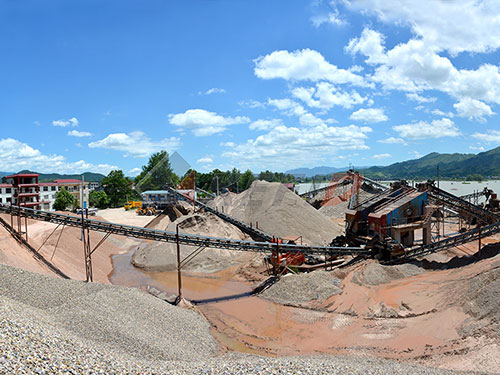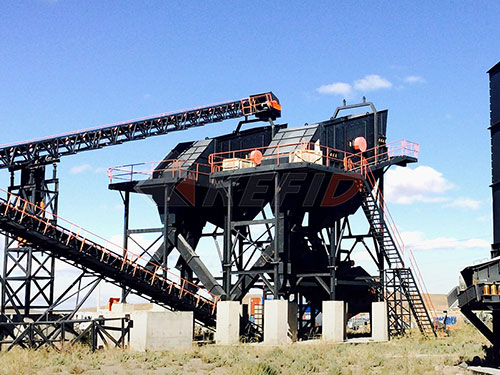The Unseen Sentinel: Decoding the Power and Precision of the 2000 kN Concrete Cube Crushing Machine

Concrete forms the literal bedrock of our modern world – from soaring skyscrapers piercing the clouds to intricate bridges spanning vast chasms, and the intricate networks of tunnels beneath our feet. Its ubiquitous presence belies a critical truth: its strength is not assumed; it is relentlessly interrogated and quantified. At the heart of this vital quality assurance process stands an unsung hero of civil engineering: the 2000 kN Concrete Cube Compression Testing Machine. Far more than just a powerful press, this sophisticated instrument embodies precision engineering, rigorous standards adherence, and an unwavering commitment to structural safety.
The Imperative of Measuring Strength
Concrete’s primary virtue in structural applications lies in its formidable compressive strength – its ability to resist forces pushing it together. While tensile strength (resistance to pulling apart) is crucial for reinforced concrete via embedded steel bars, understanding and guaranteeing compressive capacity remains paramount for assessing load-bearing elements like columns, foundations, walls, and dams.

This strength isn’t inherent; it’s developed through hydration – a complex chemical reaction between cement and water – influenced by numerous factors:
Raw Material Quality: Cement type & grade, aggregate source & grading, water purity.
Mix Design Proportions: Water-cement ratio (critical), cement content, admixtures.
Production Processes: Batching accuracy, mixing efficiency.
Placement & Compaction: Ensuring no voids or honeycombing.
Curing Conditions: Temperature, humidity control during critical early stages.
Age: Strength develops over time.
To ensure consistency and compliance with design specifications (e.g., C25/30 or C40/50 concrete), representative samples are cast into standard molds – typically cubes (150mm or 100mm sides are common globally) or cylinders (150mm diameter x 300mm height). These specimens are cured under controlled conditions mimicking site practices before facing their ultimate test under the immense force generated by a compression testing machine like the 2000 kN model.
Why 2000 kN? Understanding Capacity
The designation “2000 kN” signifies its maximum rated load capacity: 2,000 kiloNewtons. To grasp this magnitude:
1 Newton ≈ force exerted by a small apple due to gravity.
1 kiloNewton (kN) ≈ 100 kg-force ≈ force exerted by roughly 100 apples.
2,000

Leave a Reply